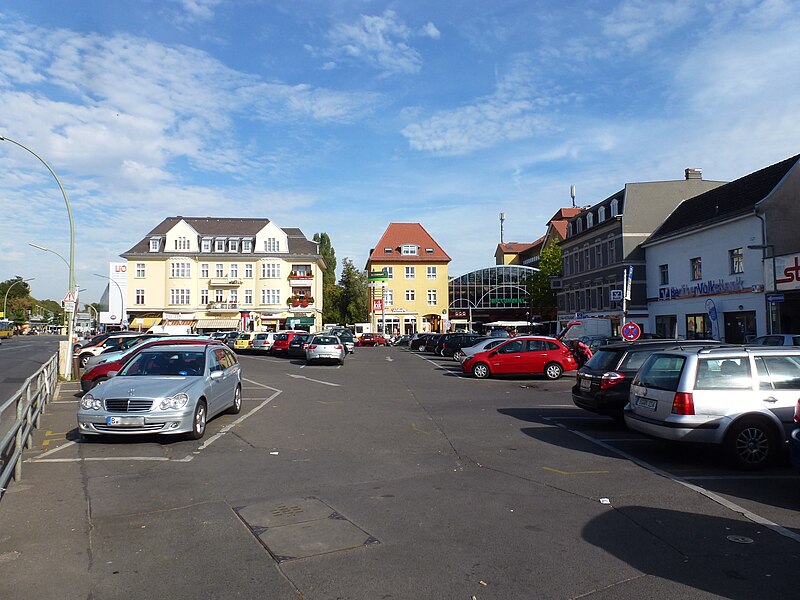The Berlin Senat and not the local administration has instructed an investigation into rent levels and tenant squeeze out in the districts residential areas. The result was quite surprising.
The residential area around Schlossstrasse is ranking first place in the district displacement hit-list. In the area between Steglitzer Kreisel, "Bierpinsel" and Paulsenstrasse, the experts attest above-average rising rents, rising purchase prices and an above-average increase in conversions from rented to condominiums.
Both the location, the high proportion of old buildings and the fact that so far only 12.9 percent of the residents have owned their apartment there, threaten to change the structure of this neighbourhood. The previously socially mixed residential area could be a place of residence, especially for high-income couples and families.
The situation in the planning districts Markelstrasse, Feuerbachstrasse and Mittelstrasse looks similar.
A heated discussion within the local district office which has a different political leaning to the Senat,
has started. A vote to establish a protected area will already provide the protection for the tenants. The implications for property owners are summarized here:
https://germanproperties.blogspot.com/2018/03/the-can-do-and-cant-do-renovating.html
 |
| Bierpinsel, Berlin-Steglitz |
The residential area around Schlossstrasse is ranking first place in the district displacement hit-list. In the area between Steglitzer Kreisel, "Bierpinsel" and Paulsenstrasse, the experts attest above-average rising rents, rising purchase prices and an above-average increase in conversions from rented to condominiums.
Both the location, the high proportion of old buildings and the fact that so far only 12.9 percent of the residents have owned their apartment there, threaten to change the structure of this neighbourhood. The previously socially mixed residential area could be a place of residence, especially for high-income couples and families.
Schloßstrasse Berlin-Steglitz
The situation in the planning districts Markelstrasse, Feuerbachstrasse and Mittelstrasse looks similar.
A heated discussion within the local district office which has a different political leaning to the Senat,
has started. A vote to establish a protected area will already provide the protection for the tenants. The implications for property owners are summarized here:
https://germanproperties.blogspot.com/2018/03/the-can-do-and-cant-do-renovating.html










